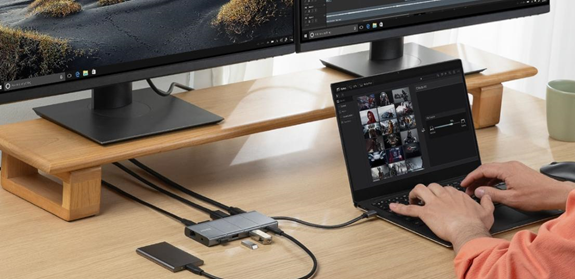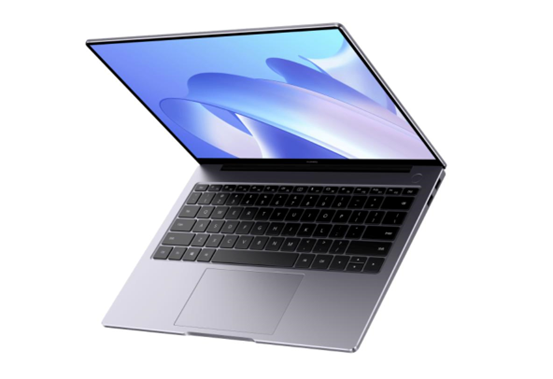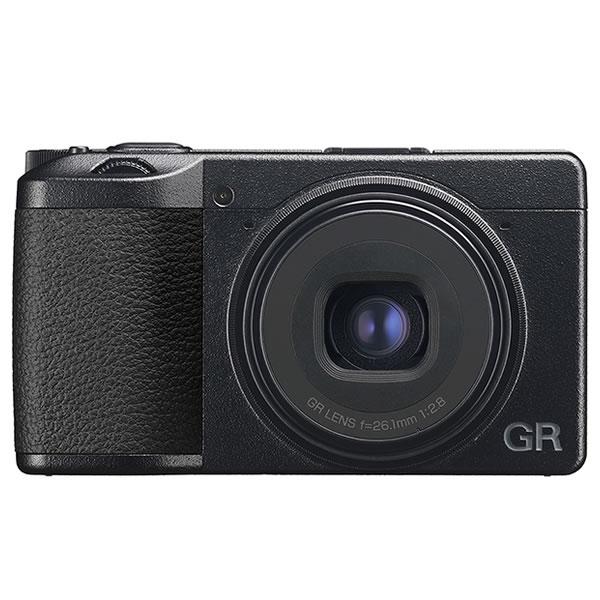What Features Make a USB-C Hub Essential Today?
USB-C hubs have evolved from niche gadgets to essential tools for modern tech users. With the proliferation of port-limited devices, these hubs now play a crucial role in ensuring full device functionality. They offer a seamless connection between multiple devices, providing the needed ports for productivity and convenience. A high-quality usb c hub becomes not just a peripheral but a centerpiece in your tech arsenal, effortlessly managing and expanding connectivity options. Whether at home, the office, or traveling, these hubs enable users to adapt quickly to any setting, ensuring all devices work in harmony.

Why You Need a USB-C Hub in 2025
The Rise of Port-Limited Devices
As new tech trends emerge, laptops and tablets are becoming thinner, lighter, and more streamlined. Manufacturers prioritize sleek designs, which often means sacrificing multiple ports. Devices such as the latest MacBook models typically come with just one or two USB-C ports. Users find themselves limited, unable to connect all their necessary peripherals like external monitors, keyboards, and mice simultaneously. A USB-C hub addresses these issues by offering a variety of ports in a single device, making it an indispensable companion to port-restricted gadgets.
Growing Need for Connectivity on the Go
The modern workforce is increasingly mobile, with remote work and digital nomadism on the rise. This shift demands more than just a lightweight laptop—it requires a mobile setup that supports full productivity from any location. USB-C hubs deliver unmatched flexibility, turning café tables and airport lounges into fully functional workstations. They allow easy connection to projectors during meetings or access to essential files on USB drives, proving vital for those who need to stay connected and efficient no matter where they are.
Must-Have Features in a Modern USB-C Hub
Multiple Ports (HDMI, USB-A, Ethernet, SD)
A versatile USB-C hub should come equipped with a diverse array of ports. HDMI allows easy connection to external displays, offering high-resolution output for presentations or extending your desktop. USB-A ports are crucial for connecting older peripherals, ensuring older technology can still be used. An Ethernet port provides stable internet connectivity, often more reliable than Wi-Fi. SD card slots cater to photographers and designers who regularly transfer data from cameras. This assortment of ports transforms a simple port hub into a swiss army knife for connectivity.
High-Speed Data Transfer & Power Delivery
Efficiency is key, and high-speed data transfer is a non-negotiable feature. A top-tier USB-C hub should support fast USB 3.0 or 3.1 speeds, essential for quick data transfers between devices. Power delivery is equally important, allowing the hub to charge devices at optimal speeds while simultaneously transmitting data. This dual functionality means users don’t need to choose between charging their device and using it, enhancing both convenience and workflow.
Compact Design and Portability
Portability remains a core necessity for any device used in today’s fast-paced world. A USB-C hub should have a lightweight and compact design, easily fitting into a laptop bag or backpack. This design emphasis ensures that carrying a hub does not become cumbersome, thus aligning perfectly with the lifestyle of a mobile professional. A well-designed hub delivers functionality without compromising on portability, a crucial factor for those on the move.

Benefits of Using a High-Quality USB-C Hub
Boost Productivity and Workflow
A high-quality USB-C hub removes the frustration of incessant cable swapping. By connecting multiple devices simultaneously, users can seamlessly switch from watching a video on an external monitor to printing documents without breaking their workflow. This streamlined process leads to enhanced productivity and allows users to focus on tasks that matter.
Compatibility Across Devices
Different operating systems and devices often struggle with connectivity issues. A robust USB-C hub bridges this gap, ensuring compatibility across varied platforms—be it Windows, macOS, or Android. This cross-platform compatibility encourages seamless integration, helping users maintain a cohesive digital environment without second-guessing device compatibility.
Cable Management and Desk Organization
Messy cables are a common nuisance in both work and personal setups. USB-C hubs help tackle this issue by minimizing the number of direct connections to the device, centralizing cord clutter into a single hub. This leads to a tidier workspace, removing distractions and creating a more pleasant working environment. Efficient cable management contributes to a cleaner desk setup, promoting an organized and pleasant workspace that boosts focus and creativity.
Conclusion
USB-C hubs are set to become even more indispensable by 2025, aligning perfectly with evolving user needs. Their ability to expand limited device ports, coupled with essential features like high-speed data transfer and multiple connectivity options, makes them essential in modern setups. These small yet powerful tools enhance productivity, ensure compatibility, and contribute to an organized workspace. As technology continues to advance, USB-C hubs will remain vital, ensuring seamless connectivity in an ever-expanding digital world.








